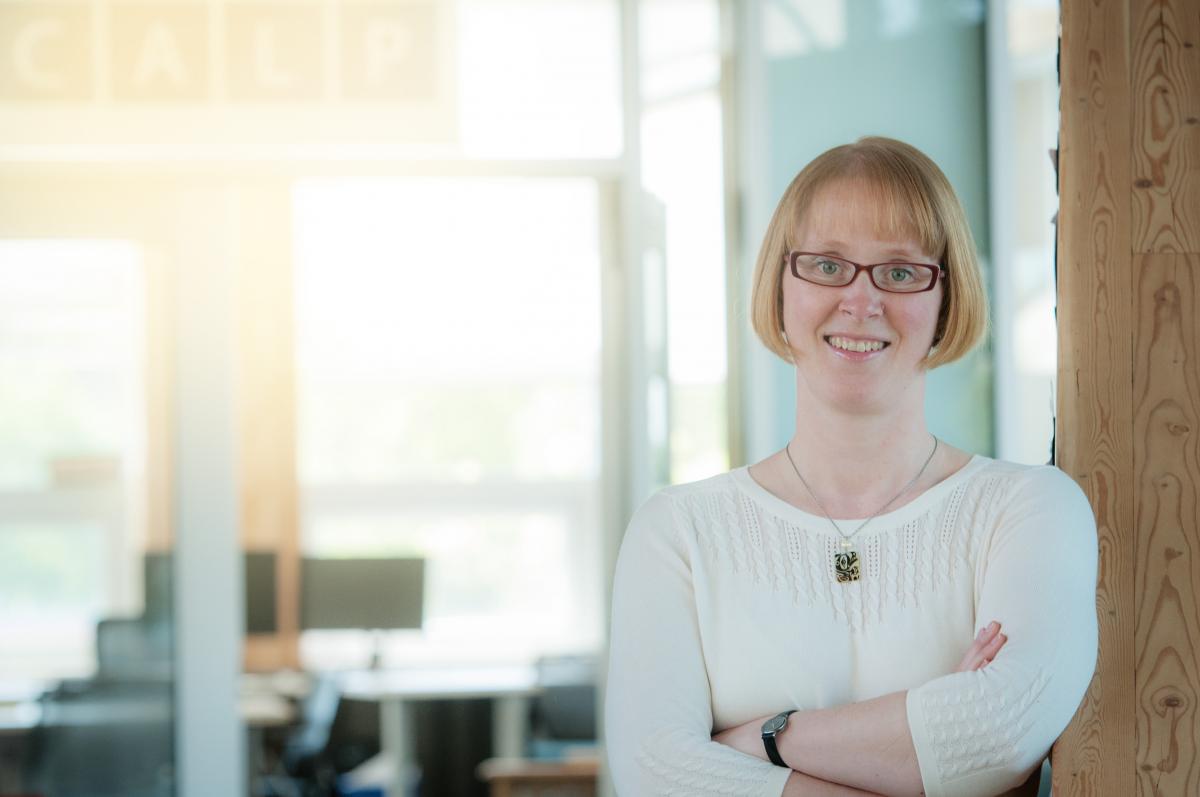Jennifer Sanguinetti, Director of Project Services with the Infrastructure Development team, explains Green Buildings, and details how universities have an important role to play in Green Building design.
Q. What’s your role or area of expertise?
I work in the Infrastructure Development team as the Director of Project Services. Project Services is UBC’s in-house project management team, responsible for delivering between 90 and 120 renovation, renewal, modernization and infrastructure projects every year all over the Point Grey campus. I also have a number of volunteer roles in the green buildings community – I chair the LEED Canada Steering Committee, I sit on the US Green Building Council’s LEED Steering Committee, I teach LEED courses for the Canada Green Building Council and I sit on the Cascadia Congress, a bioregional policy advocacy committee of the International Living Future Institute.
Q. What is a Green Building?
In many ways, a green building is one that meets what should be the basic performance criteria that society would ask of the construction community but which unfortunately, until recently, was not the norm. It should be energy, water and resource efficient. It should sit lightly on the land. It should enable the occupants of the building to easily make environmentally friendly choices around everything from how they get to the building to how they dispose of waste. It should have great indoor spaces with natural light, comfortable temperatures and good quality air. Human health concerns should be key in the decisions around materials and finishes. It also should be beautiful, which sounds kind of shallow but we need to remember that a green building is one that should last for generations and we are far more likely to keep things that are beautiful.
Q. What role do universities play in green building design? How has UBC contributed to the sector?
Universities have a unique opportunity both to take a leadership role as public institutions and to use their in-house academic expertise to study and learn from the actual performance of buildings. As a public institution, we have an obligation to be a leader and to help move the broader market forward with innovation, whether it be in the context of green buildings or any other innovation that assists in making our buildings and communities perform better. We also have the opportunity as a long-term owner of a wide variety of buildings to have a meaningful opportunity to gather and share data about how those innovations have actually performed. This sharing of data from a number of universities has helped to move the industry forward and has influenced public policy and decisions.
Q. What inspires you the most about Green Buildings?
I’m inspired by the opportunity both to make a building that will be loved for generations and to make a difference for the broader environmental performance of a community. Whether we are thinking about restoring an older building or creating a new one, using a green lens in design and construction can bring a project to a whole different level of performance.
 |
Jennifer Sanguinetti is the Director of Project Services, chair of the LEED Canada Steering Committee, and is a past member of the CaGBC's Energy and Engineering Technical Advisory Group. |